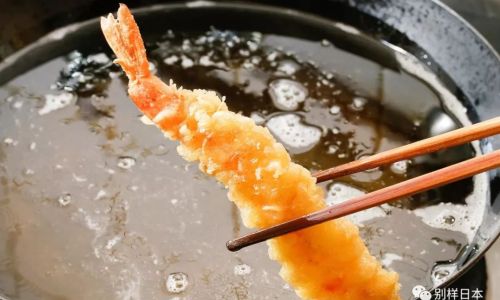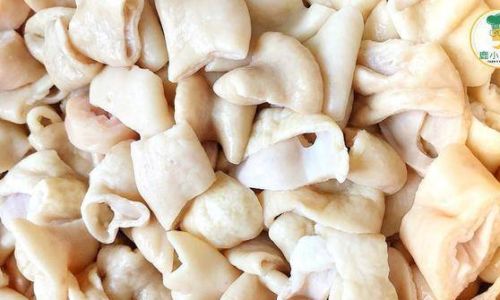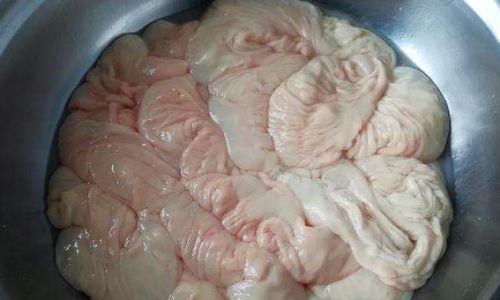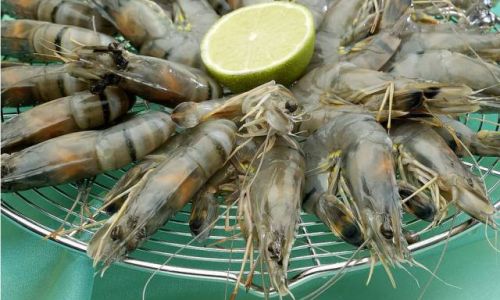Table of content
In the realm of culinary arts, frying is a technique that elevates dishes to new levels of flavor and texture. From crispy French fries to golden-brown chicken wings, the art of frying relies heavily on the quality of the oil used. However, the joy of frying often leaves us with a dilemma: what to do with the used oil? Improper disposal can lead to environmental pollution, while reusing it without caution might compromise food safety and quality. This article delves into practical strategies for managing used frying oil, ensuring both culinary excellence and environmental responsibility.

Understanding the Importance of Oil Management
Before diving into the specifics of handling used frying oil, it’s crucial to understand why proper management is vital. Frying oil, once heated to high temperatures, undergoes chemical changes that can alter its composition. These changes include the breakdown of fatty acids, the formation of free radicals, and the accumulation of polar compounds—all of which can negatively impact the taste, aroma, and nutritional value of subsequently fried foods. Moreover, repeated heating can generate harmful compounds like acrylamide and polycyclic aromatic hydrocarbons (PAHs), posing potential health risks.
On the environmental front, discarding used oil down the drain can lead to clogged pipes and waterway contamination. Oil that reaches water bodies can coat the surface, preventing oxygen exchange, which is essential for aquatic life. Therefore, managing used frying oil responsibly is not just a matter of kitchen hygiene but also a call for sustainable living.
Tips for Effective Oil Reuse
Filtering and Storing
The first step in reusing frying oil is to filter out food particles and impurities. A fine-mesh strainer or a coffee filter can be used to remove large solids, followed by a cheesecloth or paper towels for finer filtration. Once filtered, store the oil in an airtight, dark-colored container to prevent oxidation and light exposure, which can accelerate deterioration. Label the container with the date and type of oil for easy tracking.
Monitoring Oil Quality
Not all oils are suitable for reuse, and even the best ones have a limited lifespan. Signs of deterioration include a dark color, a strong off-flavor, and a smoky aroma when heated. It’s advisable to keep a fresh batch of oil on hand for comparison. If the used oil smells or tastes significantly different, it’s best to discard it.
Controlling Frying Conditions
To extend the life of your frying oil, maintain optimal frying conditions. This includes using a thermometer to ensure the oil doesn’t exceed its smoke point, which varies by oil type (e.g., canola oil has a higher smoke point than olive oil). Overheating accelerates the degradation process. Additionally, avoid overcrowding the fryer, as this can drop the oil temperature and promote moisture retention in food, which leads to splattering and further oil degradation.
Sustainable Disposal Methods
When reuse is no longer feasible, responsible disposal becomes paramount. Here are some eco-friendly options:

Recycling Programs
Many municipalities and private companies offer used cooking oil recycling programs. These services collect the oil, process it to remove impurities, and convert it into biofuel, animal feed, or soap. Check with your local waste management authority or search online for nearby recycling facilities.
Composting (in Limited Circumstances)
While most used frying oils are not suitable for composting due to their high fat content, some oils, like those derived from plant sources and in minimal quantities, can be composted if they are first mixed with an absorbent material like sawdust or cat litter to absorb excess grease. However, this method should be approached cautiously, as improper composting can attract pests and pollute groundwater.
Innovations in Oil Management
Technological advancements are paving the way for smarter oil management solutions. For instance, smart fryers equipped with sensors that monitor oil quality in real-time can alert users when it’s time to change the oil. Additionally, companies are developing oil filtration systems that use centrifugal force or advanced filtration media to remove particles and impurities more efficiently than traditional methods.
Conclusion
Managing used frying oil is a multifaceted challenge that requires a balance between culinary efficiency and environmental stewardship. By adopting practices such as careful filtration, storing, and monitoring oil quality, as well as exploring sustainable disposal options and embracing technological innovations, we can ensure that our frying endeavors contribute positively to both the kitchen and the planet. Remember, every drop of oil we manage responsibly is a step towards a healthier, cleaner, and more sustainable future.





0 comments